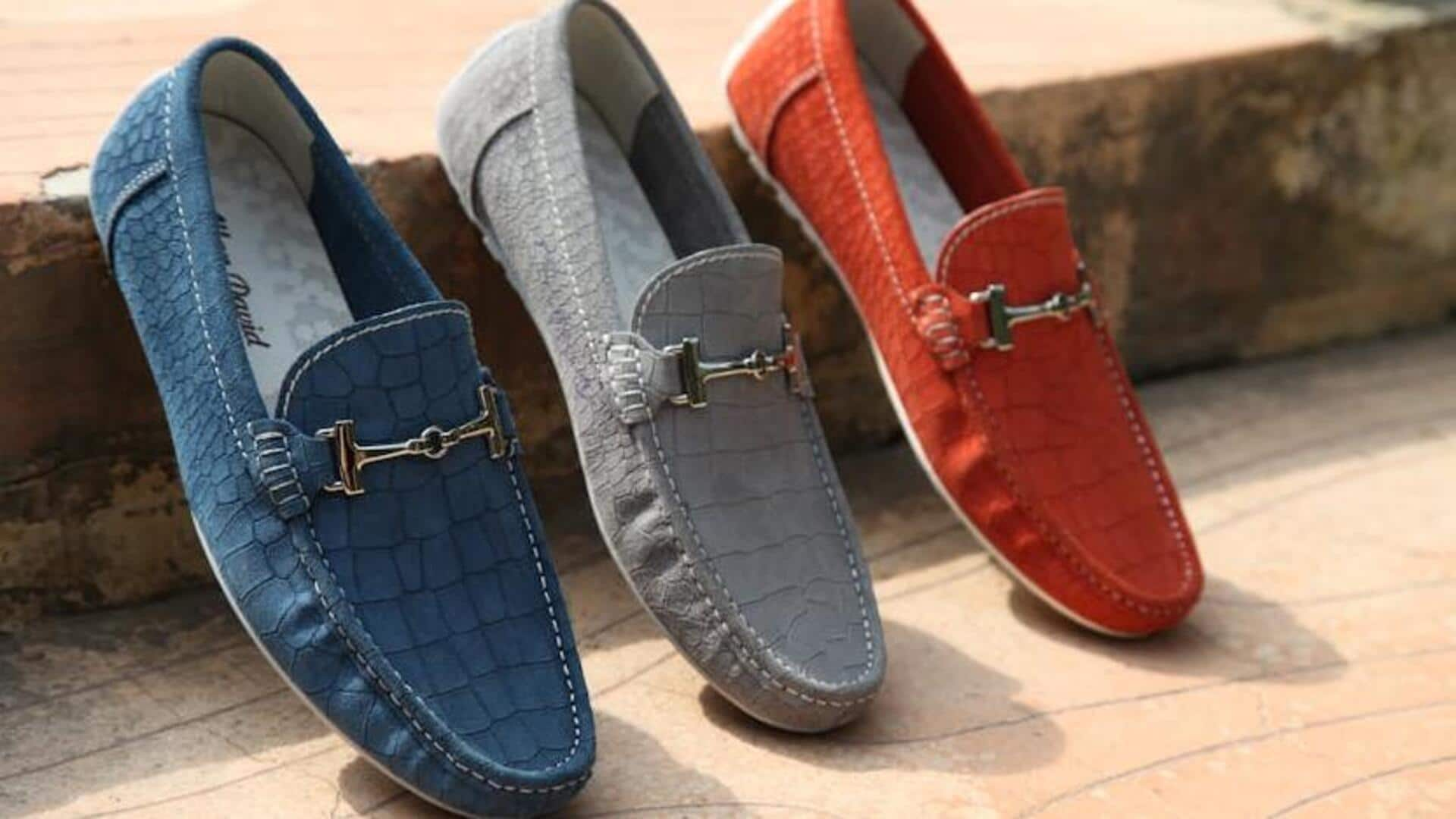
Modern twists on ethnic footwear
What's the story
Footwear, an essential part of our daily attire, carries deep historical and cultural significance. Across the globe, traditional shoes narrate stories of heritage, craftsmanship and regional identity. Today's fashion merges these ancestral designs with modern aesthetics, creating footwear that respects the past while boldly stepping into the future. This article explores the reimagination of traditional shoes for the contemporary wearer, highlighting this unique blend.
Background
The history behind ethnic shoes
Traditional footwear from various cultures is not just about style; it's a reflection of the community's way of life, climate, and resources. For instance, Japanese Geta sandals were designed to keep kimonos away from the ground, while Native American moccasins were crafted for stealth and durability in diverse terrains. Understanding the origin and purpose behind these designs enriches our appreciation and inspires modern adaptations.
Key concept
Blending tradition with trend
The essence of modernizing ethnic footwear for today's market is found in the delicate equilibrium between maintaining authenticity and embracing innovation. Designers skillfully blend traditional patterns, materials, and crafting techniques with contemporary needs. This fusion involves the use of eco-friendly materials and the integration of comfort-enhancing features into classic designs, ensuring they remain true to their cultural roots while appealing to modern sensibilities.
Practical advice
Practical tips for wearing ethnic-inspired shoes
For newcomers to ethnic-inspired footwear, start with subtle traditional hints in color or texture. Combine these shoes with modern outfits for a culturally rich look. It's crucial to understand and respect the cultural significance of these styles. Prioritize quality, choosing pieces that reflect true craftsmanship and sustainable practices. This approach not only elevates style but also honors global heritage daily.